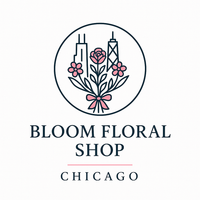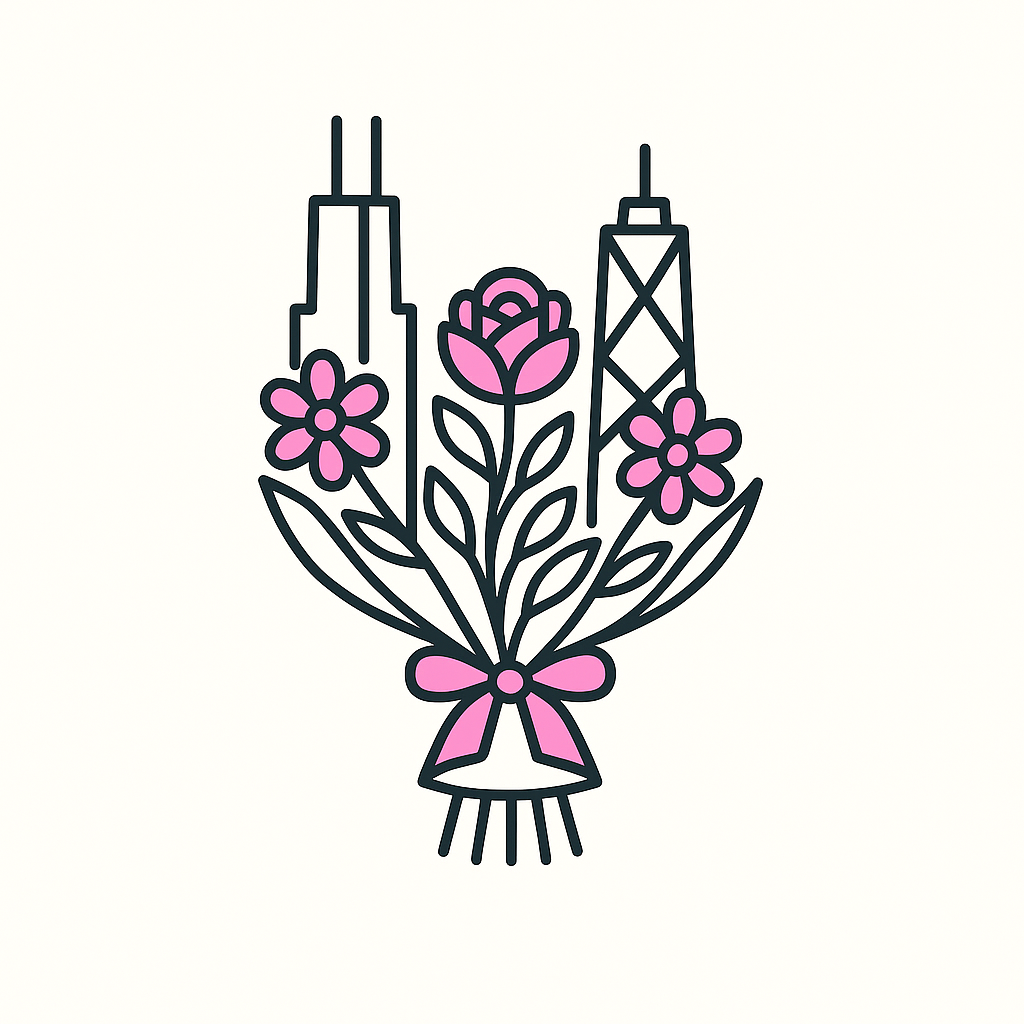Old West Austin, TX Flower Delivery!
Old West Austin Neighborhood Guide
Summary
Old West Austin is a historic, centrally located neighborhood just north of Lady Bird Lake and just west of downtown. The neighborhood’s historic district dates back to the mid-1800s, shortly after the city of Austin was incorporated. The neighborhood is one of the most sought-after to live in, because of its convenient location and access to many amenities, including the lake, local hike and bike trails, and several parks.
Along with local shops and restaurants the neighborhood is adjacent to the numerous dining, shopping, and entertainment options offered by downtown and south Austin. Parking is next to impossible here, but public transportation is readily accessible.
View neighborhood outline map
Features
Old West Austin’s unique character, livability, and central location make it one of the city’s top neighborhoods to live in.
Old West Austin is one of Austin's oldest neighborhoods, dating back to the early days of the city, when Texas Governor Elisha Pease sold off some of his plantation land to former slaves who built homes there. The north section of Old West Austin is called Clarksville, after Charles Clark, a freed slave who started the community named in his honor.
The American Planning Association named Old West Austin one of the ten greatest neighborhoods in America, because of the diversity and character of the neighborhood and residents’ active role in maintaining the neighborhood’s appearance. The National Register of Historic Places also added the neighborhood because of the many well-maintained early- to mid-20th Century homes here.
A local “anti-McMansion” ordinance restricts house sizes and prevents housing prices from getting out of hand. Additionally, local organizations are dedicated to maintaining property values and the overall neighborhood environment. One of their priorities is to prevent historic homes in the area from being torn down for commercial use.
The neighborhood is just north of the lake, providing opportunities for boating and fishing. Alongside the lake is a 10-mile hike and bike trail that is popular with Austinites.
There are parks nearby with basketball and tennis courts, a multipurpose field, picnic tables, a playground, and a pool. There is also an off-leash dog area well-maintained by the local Canine Social Club. Just west of the neighborhood are Zilker Park and Barton Creek Greenbelt, two popular sites for hiking, biking, and outdoor recreation.
Residents can choose from a wide variety of restaurants, bars, and cafes lining the borders of the neighborhood. The neighborhood is also within walking distance of the abundant entertainment, dining, and nightlife of south Congress and downtown.
Despite its proximity to downtown, Old West Austin is a relatively safe and fairly quiet neighborhood with a range of ages and ethnic groups. It’s attractive for singles, young couples, and families.
Neighborhood Association Website
Treaty Oak Square
West Austin Park
Mary Francis Baylor Park (Clarksville Park)
Lady Bird Lake Hike and Bike Trail
Courtesy of AustinTexasInsider
Summary
History, diverse and engaged residents, and one of the oldest oak trees in the state help distinguish Old West Austin, the most dense and diverse neighborhood in the Lone Star State's capital city. Voluntary efforts of residents and developers alike have kept the neighborhood's character intact in the absence of local ordinances governing building size or style. The neighborhood's retail and commercial area is dominated by locally owned businesses, including 1950s–era Nau Enfield Drug, with its wooden booths, curved soda bar, and swivel stools.
The American Planning Association has selected Old West Austin as one of 10 Great Neighborhoods in America for its preservation of the neighborhood's character and diversity while supporting development and sustainability.
Residential building in Old West. Courtesy of Chris Schorre.
PLANNING EXCELLENCE
Located between west of downtown Austin and north of Lady Bird Lake, Old West Austin comprises a number of plats that were purchased and subdivided starting in 1841, two years after the City of Austin was incorporated. Included in the neighborhood are the Clarksville National Registered Historic District, a former African American freedman's community settled by Charles Clark in 1871, and the Enfield subdivision, which was part of a 320-acre land grant the Republic of Texas assigned to D.S. Parrish in 1841. The Old West Austin and Westline National Registered Historic Districts are also in the neighborhood.
Large shade trees and front porches lure people outside, inviting leisurely strolls and casual chats with neighbors. One of the city's oldest trees, the 600-year-old Treaty Oak, is found in Old West Austin.
A strong desire to preserve the neighborhood's roots — both physical and cultural — led residents to participate in planning and development of their community. Its proximity to downtown, a major source of new development, was the catalyst for residents to get involved. The Old West Austin Neighborhood Association grew out of a desire to retain the existing character of the area, which is composed mostly of single-family residences but also includes apartments, duplexes, and student housing. The University of Texas houses graduate students and their families here, contributing greatly to the diversity of the local population. Some 40 nationalities, for example, are represented at the neighborhood elementary school.
Many local business owners live in Old West Austin. The neighborhood's compact commercial center consists of mostly homegrown businesses, and national chain stores are virtually nonexistent. One exception is the flagship store of the natural foods grocery chain, Whole Foods. Shops, restaurants, schools, and community centers serve as pedestrian destinations. New sidewalks and improved street lighting were recently secured through the state's Safe Route to School program and the City of Austin's Capital Improvements Program.
Pedestrians walking along shops. Courtesy of Chris Schorre.
The Old West Austin Neighborhood Association has been instrumental in promoting mixed-use development and discouraging overbuilding on residential lots. In the early 1980s, the organization persuaded the mayor to declare a moratorium on new multifamily construction pending the outcome of a wastewater system capacity study. Following system upgrades, a few condominiums were built. The end result, however, was the preservation of the existing housing stock, particularly bungalows and historic homes.
The association also has been a major player in the planning of Old West Austin since it developed the neighborhood's first plan in the early 1980s. As a result, developers meet with neighborhood representatives in the early stages of a proposed project. This enables residents, through the association, to negotiate the inclusion of items such as affordable housing into mixed-use projects.
To prevent overbuilding on Old West Austin's small residential lots, which are generally between 6,000 and 7,000 square feet, the city adopted a "McMansion" ordinance. By keeping housing sizes reasonable, the ordinance helped curb escalating home prices.
Sustainability is enhanced by several of Old West Austin's inherent characteristics: small lots on narrow streets that encourage walking; front porches that take advantage of the breeze; canopies formed by shady oak, elm, and pecan trees; and access to public transportation.
These and other features also show what is possible when diverse and engaged residents join together to protect and enhance what makes their neighborhood unique.
Courtesy of Planning. org



